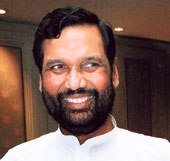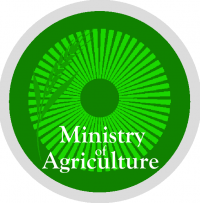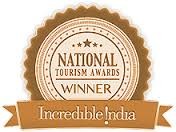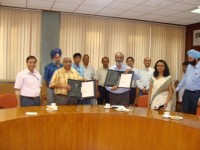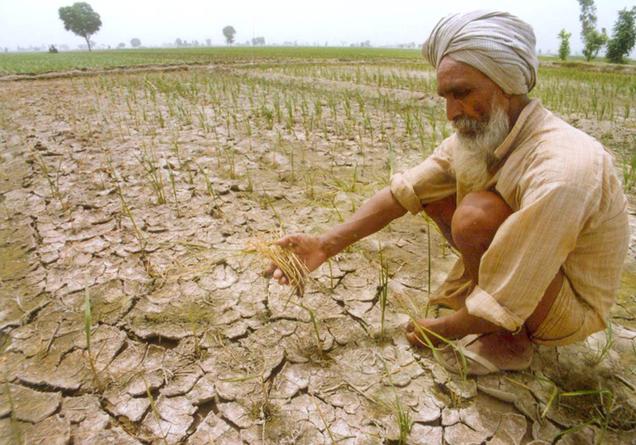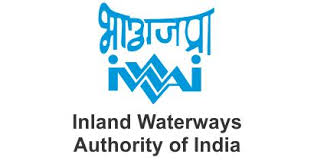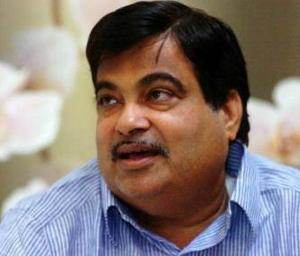On the information given by the Minister of Consumer Affairs, Food and Public Distribution Shri Ram Vilas Paswan that during last six months All India Average Retail prices of Tur and Moong in pulses, Mustard, Soya and Sunflower in Edible oil and Onion in Vegetables have declined while there has been increase in the prices of Gram and Urad dal.
The Minister said that rise in the prices of essential food items are due to factors such as shortfall in production owing to adverse weather conditions, increased transportation costs, supply chain constraints like lack of storage facilities and hoarding and black marketing. Government took various corrective steps to contain price rise which includes the following:-
- National Consultation Meeting of Ministers of States & UTs in charge of Food and Consumer Affairs, on prices of food items was held on 21.5.2016 at New Delhi and States/UTs were advised to take steps to keep prices of essential commodities including Pulses, Edible Oil etc. under control.
- Advisory were issued to State Governments to take strict action against hoarding & black marketing and effectively enforce the Essential Commodities Act, 1955; and the Prevention of Black-marketing and Maintenance of Supplies of Essential Commodities Act, 1980.
State/UTs have also been advised to dispose of the seized stocks of pulses into the market after following due procedure provided in the EC Act, 1955.
He said that a Plan Scheme titled Price Stabilization Fund (PSF) is being implemented to regulate price volatility of agricultural commodities. To monitor the unscrupulous trading, black-marketing, hoarding and cartelling in essential food commodities like Pulses, Edible Oils etc. and to ensure effective and coordinated action by different enforcement agencies, a Group of Officers consisting of representative from these agencies has been constituted under the Chairmanship of Secretary (CA). It meets regularly to review the food inflation, in consultation with States and advises to States and other agencies the course of action to keep the prices at reasonable level and share data/information to ensure coordinated action by different enforcement agencies, including intelligence under the EC Act.
Steps taken by the Government to improve the availability and to contain prices of essential food items:
Pulses
- Export of all pulses is banned except kabuli channa and up to 10,000 MTs in organic pulses and lentils.
- Import of pulses are allowed at zero import duty.
- Stock limit on pulses extended till 30.9.2016.
- MSP raised for kharif pulses of 2016-17 for Tur, Urad and Moong as well as for Rabi pulses of Gram and Masoor for season 2015-16.
- Government has approved creation of buffer stock of 1.7 lakh MT of pulses for effective market intervention.
- Government has released around 21,000 MT of pulses from the buffer stock (consisting of Tur and Urad) to States/UTs at subsidized rates for retailing by them at not more than Rs 120/- per kg to improve availability and stabilise prices.
- Securities & Exchange Board of India (SEBI) has banned new contracts in Chana to dampen speculative activities in Chana and in respect of running contracts in Chana disallowed taking fresh positions to reduce speculative activities.
- Strict vigilance by Directorate of Revenue Intelligence to prevent importers from mis-using the facilities of Customs Bonded Warehouse facility.
- Setting up of a Group of Officers for regular monitoring and exchange of information on hoarding, cartelization etc.
Edible Oils
10 Export of edible oils in bulk is prohibited except coconut oil and other edible oils in branded consumer packs of up to 5 kgs is permitted with a minimum export price of USD 900 per MT.
11 MSP (including bonus) increased for various rabi and kharif oil seeds.


